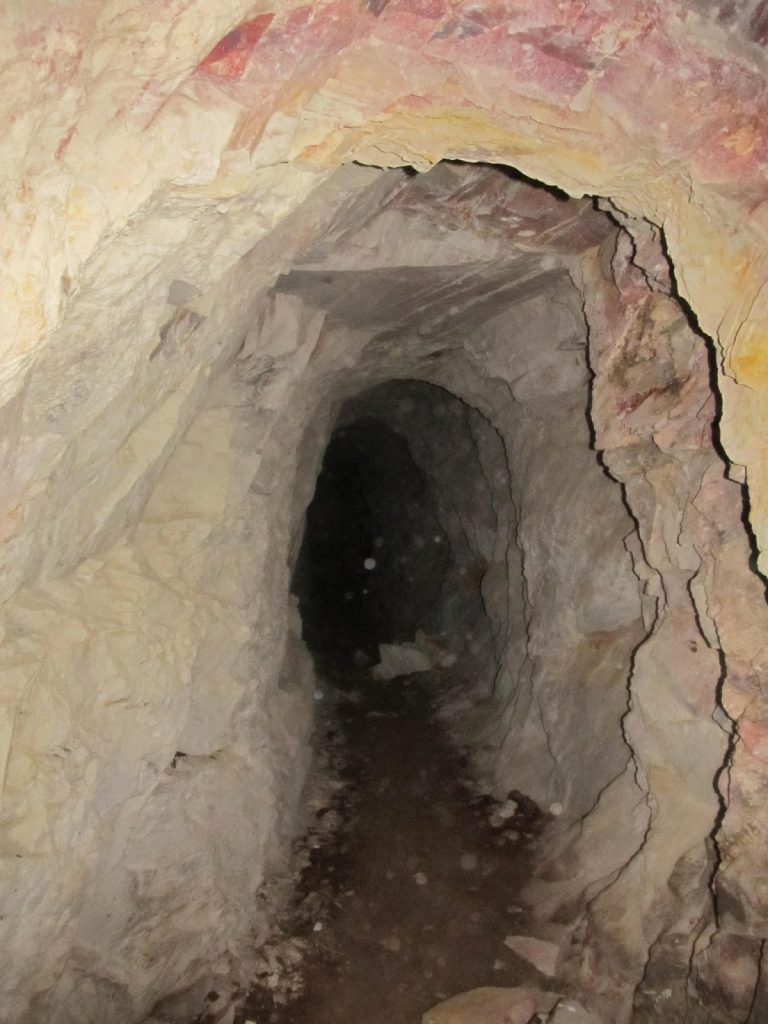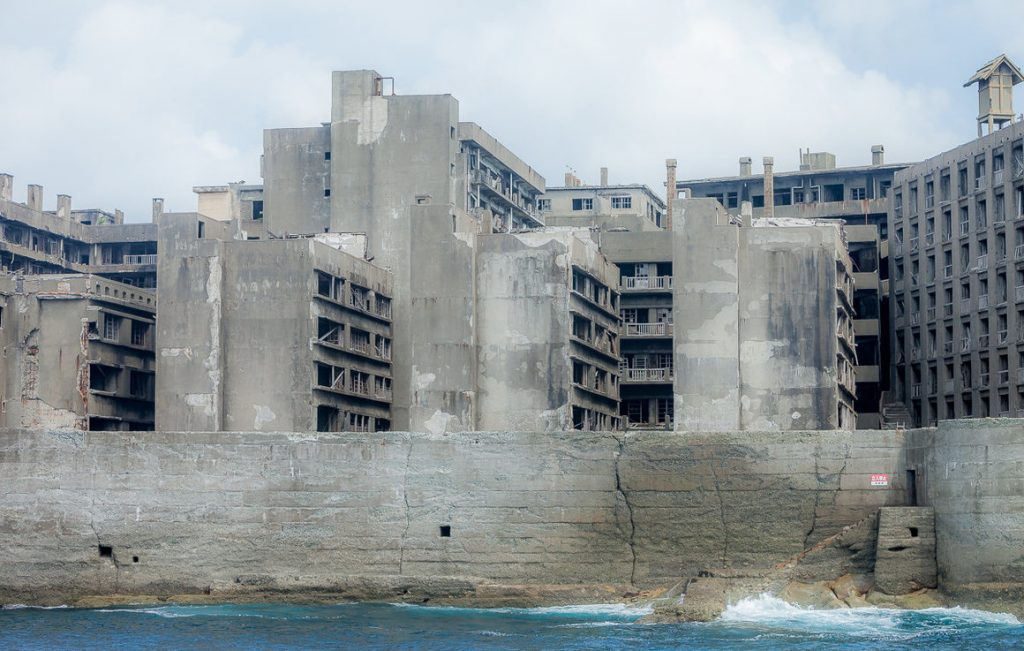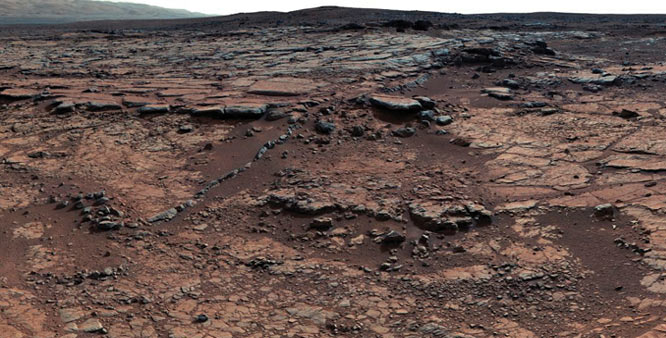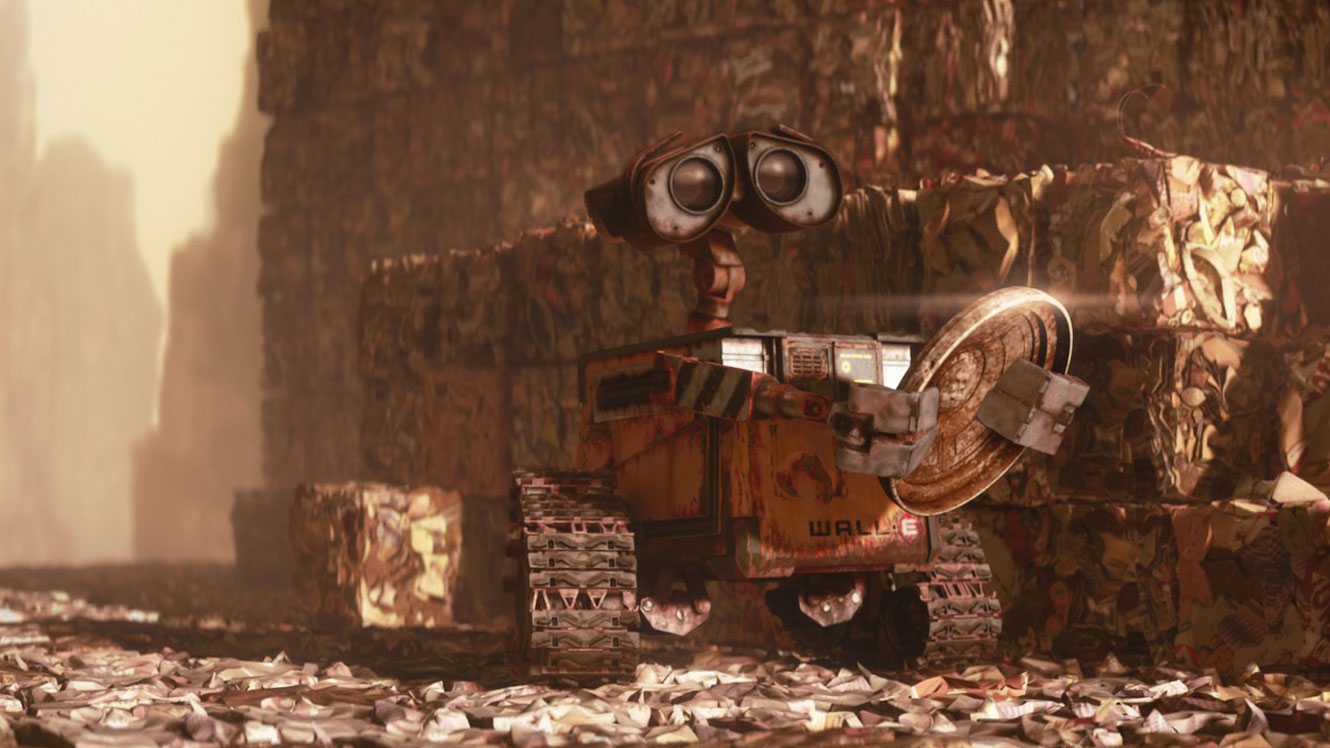This is a presentation I gave to years 5 and 6 at Nakara Primary School. We had quite a discussion!
The Anthropocene – we’re in it, like it or not. This is the period in which humans have so influenced geological processes at the Earth’s surface that evidence is now trapped within strata to make a physical reference point in time. (Although we’re still arguing over the exact date… but what’s a few decades in 4.5 billion years?)
We have created what’s termed the Technosphere. Plants and animals constantly re-use nutrients and wastes but people aren’t very good at that. We recycle some materials but most of our junk just keeps piling up. Maybe in the order of 30 trillion tonnes of it! [1]
So what might Future Earth be like?
Some simple examples to consider are things like:
Railway/road tunnels, underground mines and drill holes – at some time in the future these may be fossilized just like worm burrows from the Cretaceous Period (approx. 100 Ma).


Image © Fairlynch Museum
Concrete buildings in our cities. A man-made rock type that has a limited life span, somewhere between 50-100 years. Given most of these buildings have been built since the second world war, their structural integrity may already be diminished. How will our cities look, even in the next 50 years? Within a presently young person’s lifetime?

Plastics – in waste dumps, in our oceans and waterways. Will we need to define another man-made rock type in a few thousand years when we start to see buried layers being exposed through uplift and weathering processes? Already I have heard the term Plastiglomerate – referring to plastic waste that has been melted by lava flows on beaches in Hawaii.

So the way I paint this picture of Future Earth is not very pretty. How can I lessen humanity’s impact and clean-up this Technosphere? It’s not just an environmental issue for some scientists to figure out what to do – it’s up to all of us, across the world. It’s the way we live our lives, every day. You’ve probably all heard the term “do more with less” – so how do we actually put this into practise?
Maybe let’s start with the simple things…

Just as we try to look after our friends and family because we love them, we should also be super mindful of how we treat Mother Earth.
We might want the latest iPad/pod/phone whatever, but we don’t really NEED it. It contains something like 60-64 different elements (metals) in it! Someone, somewhere has to mine that stuff and it will run out eventually. (In approx. 15-20 years for the currently known Rare Earth Element deposits).[2]
If we walk to more places rather than drive/be driven, we’ll be fitter and healthier and we’ll even notice our environment – hearing, seeing and feeling both the good and the bad! Experience is the best educator.
So every time you think about what you want to have or do, and I mean that’s every time you think about ME (yourself)…
Remember ME stands for Mother Earth too, and take a caring stand.
[1] https://www.sciencenewsforstudents.org/article/meet-our-trashy-technosphere
[2] Kate Ravilious, 7/8/17 https://www.theguardian.com/technology/2017/aug/06/robots-to-explore-the-dark-flooded-depths-of-old-mines
